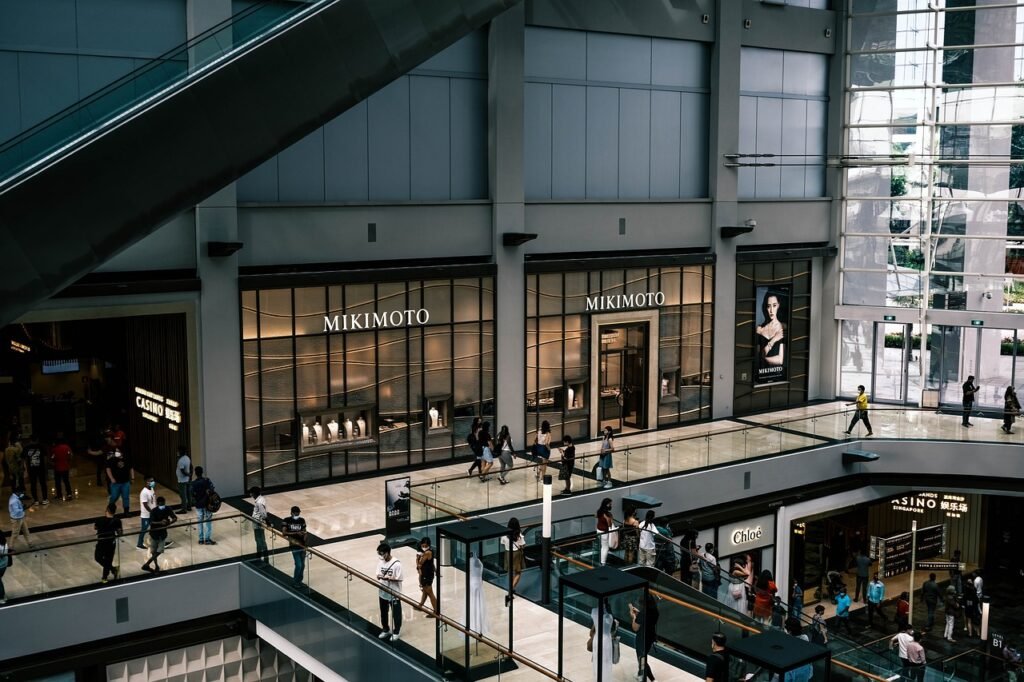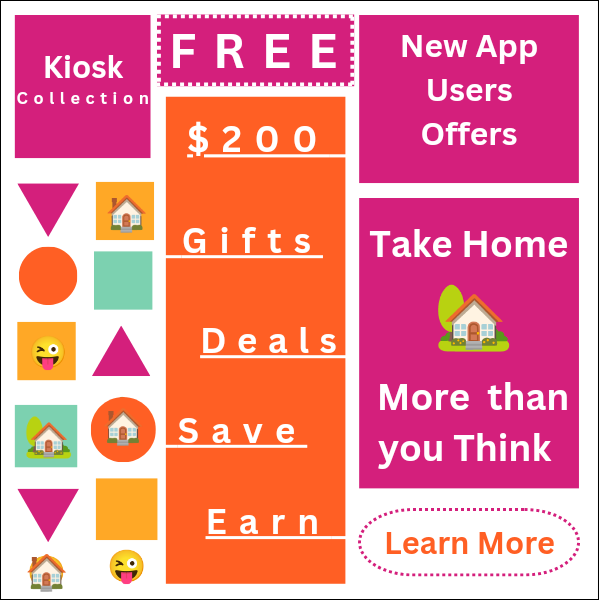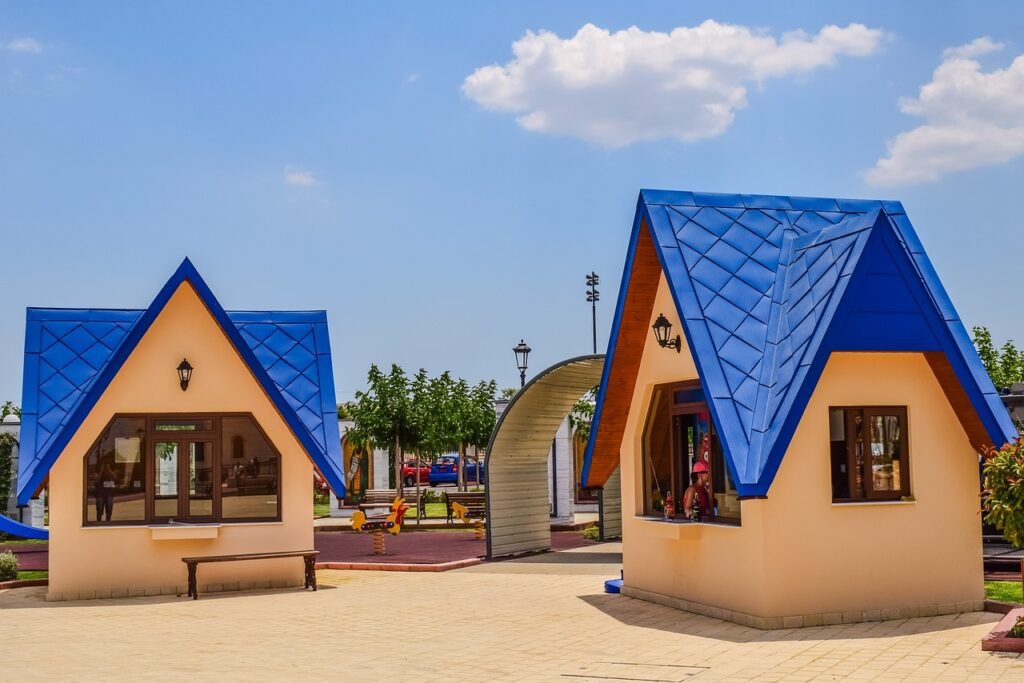When it comes to creating a successful kiosk for a big brand in a mall, design plays a crucial role.
A well-designed kiosk not only attracts customers but also enhances the brand image and creates a memorable shopping experience.
In this blog post, we will explore some of the best design ideas for a big brands kiosk in malls.
Reflect the Brand Identity
The design of a kiosk should reflect the brand identity and values. It should incorporate the brand’s logo, colors, and overall aesthetic.
This helps to establish a strong brand presence and ensures consistency across all touchpoints.
Consider using brand-specific materials, such as brushed metal or glass, to create a premium look and feel.
Optimize Space and Layout
Space is often limited in mall kiosks, so it’s essential to optimize the layout for maximum efficiency.
Consider the flow of customer traffic and strategically position products and displays to attract attention.
Use modular and flexible fixtures that can be easily rearranged to accommodate different product offerings or promotions.
Engaging Visual Displays
Visual displays are a powerful tool to captivate customers and showcase products.
Use high-quality images and graphics that are relevant to the brand and its offerings.
Consider incorporating digital screens or interactive elements to provide additional information or entertainment.
Dynamic lighting can also create a visually appealing atmosphere and draw attention to specific areas of the kiosk.
Interactive Elements
Engage customers with interactive elements that allow them to explore and interact with the brand.
This could include touchscreens, virtual reality experiences, or product demonstrations.
Interactive elements not only capture attention but also create a memorable and immersive brand experience.
Clear and Concise Signage
Clear and concise signage is essential for a successful kiosk. Use bold and legible fonts that are consistent with the brand’s visual identity.
Signage should communicate key messages, such as product features, pricing, or promotions, in a concise and easy-to-understand manner.
Consider using digital signage that can be updated in real-time to reflect changing offers or promotions.
Comfortable Seating and Waiting Area
If the kiosk offers services or consultations, it’s essential to provide a comfortable seating and waiting area for customers.
This creates a welcoming and customer-centric environment, enhancing the overall shopping experience.
Use comfortable seating options and add elements like plants or artwork to create a pleasant ambiance.
Attention to Detail
Pay attention to the smallest details to create a polished and professional kiosk. Ensure that all fixtures, displays, and signage are clean and well-maintained.
Consider adding small touches like branded packaging or complimentary amenities to surprise and delight customers.
These details contribute to the overall perception of the brand and create a positive impression.
Accessibility and Inclusivity
Make sure the kiosk is accessible and inclusive for all customers. Consider the needs of individuals with disabilities, such as wheelchair accessibility and braille signage.
Create a welcoming environment that caters to a diverse range of customers, regardless of age, gender, or cultural background.
Flexibility for Seasonal or Promotional Changes
Design the kiosk with flexibility in mind to accommodate seasonal or promotional changes. Use modular fixtures and displays that can be easily updated or replaced.
Consider incorporating removable panels or graphics that can be swapped out to reflect different themes or campaigns.
This allows the kiosk to stay fresh and relevant throughout the year.
Continuous Improvement
Lastly, always strive for continuous improvement. Monitor customer feedback and make necessary adjustments to the kiosk design.
Stay updated with the latest design trends and technologies to ensure the kiosk remains innovative and competitive in the ever-changing retail landscape.
In conclusion, designing a kiosk for a big brand in a mall requires careful consideration of brand identity, space optimization, engaging visual displays, interactive elements, clear signage, comfortable seating, attention to detail, accessibility, flexibility, and continuous improvement.
By incorporating these design ideas, a big brands kiosk can create a lasting impression and attract customers in a competitive mall environment.



